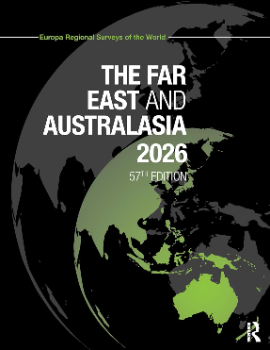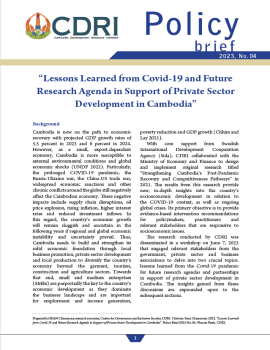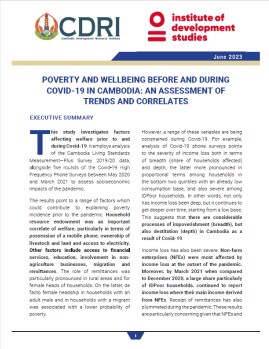
Civil Society Organisations and Youth Civic Engagement in Cambodia
Keyword: Civil society organisations, youth civic engagement, democratic development, participation, community-based organisations
Abstract/Summary
This working paper explores the evolving role of civil society organisations (CSOs) in promoting youth civic engagement in Cambodia amid shifting political dynamics following the 2013 national election. Drawing on qualitative data from three provinces and Phnom Penh, the study examines the strategies of three distinct organisations—an internationally funded NGO (A), an independent NGO (B), and a state-dependent youth organisation (C)—in mobilising young people for civic participation. It highlights how recruitment tactics, training programs, and engagement mechanisms vary across organisations, with organisation C benefiting from state structures and political affiliations, thereby dominating the civic space. The paper identifies key motivations for youth involvement, including employment prospects, skill development, and community service, while also acknowledging challenges such as political surveillance, limited budgetary influence, and familial constraints. Despite efforts to foster democratic participation and public service accountability, the effectiveness of youth engagement remains constrained by structural and political factors. The study concludes by calling for inclusive strategies and curriculum integration to sustain youth civic engagement and recommends further research into the long-term impact of state-affiliated youth mobilisation on democratic development.



